16 Oral Microbiome Myths: What You Really Need to Know for Lifelong Health
Your mouth is more than a gateway for words or meals—it’s the command center of your health. At the heart of it lies the oral microbiome, a vibrant ecosystem of bacteria, fungi, and microbes that influences everything from digestion and immunity to brain and heart health. And yet, this powerful system remains misunderstood, buried under decades of myths, marketing gimmicks, and half-truths. Think killing all germs equals cleanliness? Or that mouthwash is a cure-all? Think again. We've expanded our list to 16 of the most common oral health myths—and paired each one with science-backed insights that cut through the noise. These aren’t just dental tips—they’re revelations that could transform your entire wellness routine. Because when you stop fighting your mouth and start supporting it, the ripple effect can be felt throughout your entire body. It’s time to decode the facts—and take your health back, one myth at a time.
Myth 1: Oral Bacteria Are All Harmful

One of the most pervasive myths is that all oral bacteria are harmful. In reality, the oral microbiome comprises both beneficial and pathogenic bacteria. Beneficial bacteria play a critical role in maintaining oral health by competing with harmful microbes and aiding in digestion. Disrupting this balance can lead to oral diseases like gingivitis and periodontitis. Research highlights the importance of fostering a healthy oral microbiome through balanced diets and proper oral hygiene. Understanding that not all bacteria are foes allows us to adopt practices that nurture beneficial microbial communities, promoting overall health.
Myth 2: Good Oral Hygiene Eliminates All Bacteria

Many believe that good oral hygiene should eliminate all bacteria from the mouth. However, the goal of oral hygiene is not to eradicate bacteria but to maintain a balanced microbial environment. Over-sanitizing can disrupt this balance, potentially leading to an overgrowth of harmful bacteria. Studies suggest that using mild, non-alcoholic mouthwashes and avoiding excessive use of antimicrobial products can preserve beneficial bacteria. This nuanced approach to oral care emphasizes the importance of balance rather than eradication, aligning with the body's natural ecosystem and supporting long-term health.
Myth 3: Oral Health Is Separate from Overall Health
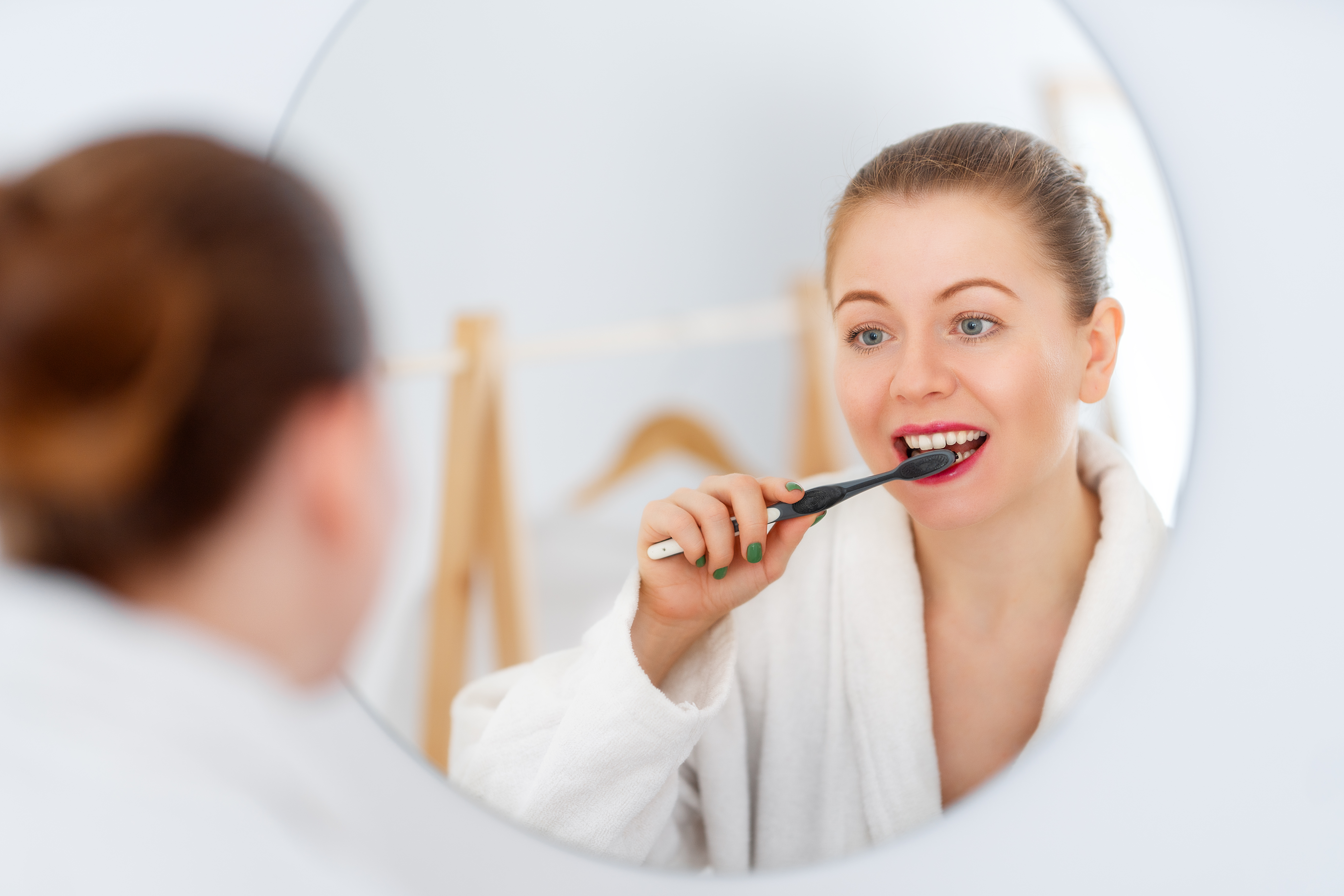
The myth that oral health is separate from overall health is gradually being dispelled as research uncovers links between oral and systemic conditions. The oral microbiome can influence diseases such as cardiovascular disease, diabetes, and even Alzheimer's. Inflammatory responses triggered by oral pathogens can have systemic effects, underscoring the interconnectedness of oral and overall health. Recognizing this relationship encourages a holistic approach to health care, where oral health is integral to maintaining overall well-being, highlighting the importance of comprehensive health strategies.
Myth 4: Sugar Is the Only Culprit in Oral Health Issues

While sugar is a well-known contributor to dental caries, it's not the sole factor affecting oral health. The interaction between dietary habits, oral hygiene, and genetic predispositions also plays a significant role. Fermentable carbohydrates and acidic foods can alter the oral microbiome, promoting harmful bacterial growth. Understanding the multifaceted nature of oral health issues allows for more effective prevention strategies. A diet rich in nutrients that support oral health, combined with regular dental check-ups, can significantly reduce the risk of oral diseases, debunking the notion that sugar is the only villain.
Myth 5: All Mouthwashes Are Created Equal
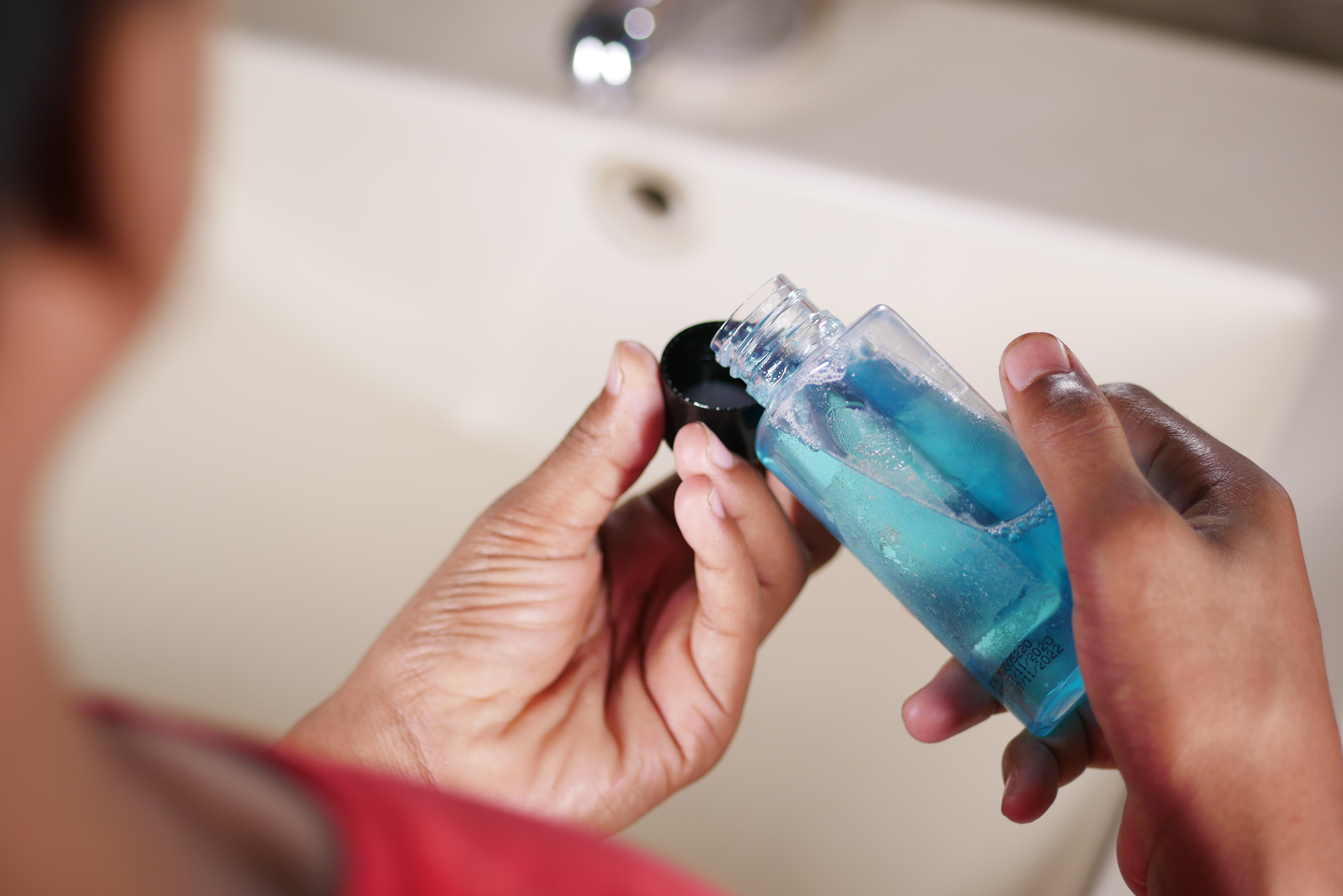
The belief that all mouthwashes are equally beneficial is misleading. Mouthwashes vary in their composition and purpose, with some designed to target specific oral health issues while others aim to freshen breath. Antiseptic mouthwashes may kill a broad spectrum of bacteria, potentially disrupting the oral microbiome. On the other hand, mouthwashes containing fluoride or xylitol can support oral health without harming beneficial bacteria. Selecting the right mouthwash involves understanding individual needs and the specific benefits of each formulation, ensuring that oral care products support rather than hinder microbial balance.
Myth 6: Brushing Alone Is Sufficient for Oral Health

Brushing is essential for oral hygiene, but it's not sufficient on its own. Flossing and tongue cleaning are critical components of a comprehensive oral care routine. Flossing removes plaque and food particles between teeth that a toothbrush can't reach, while tongue cleaning reduces bacteria on the tongue's surface. These practices help maintain the delicate balance of the oral microbiome, preventing the overgrowth of harmful bacteria. A well-rounded oral hygiene routine, incorporating multiple methods of care, is vital for sustaining a healthy oral environment and, by extension, overall health.
Myth 7: Oral Health Issues Are Inevitable with Age
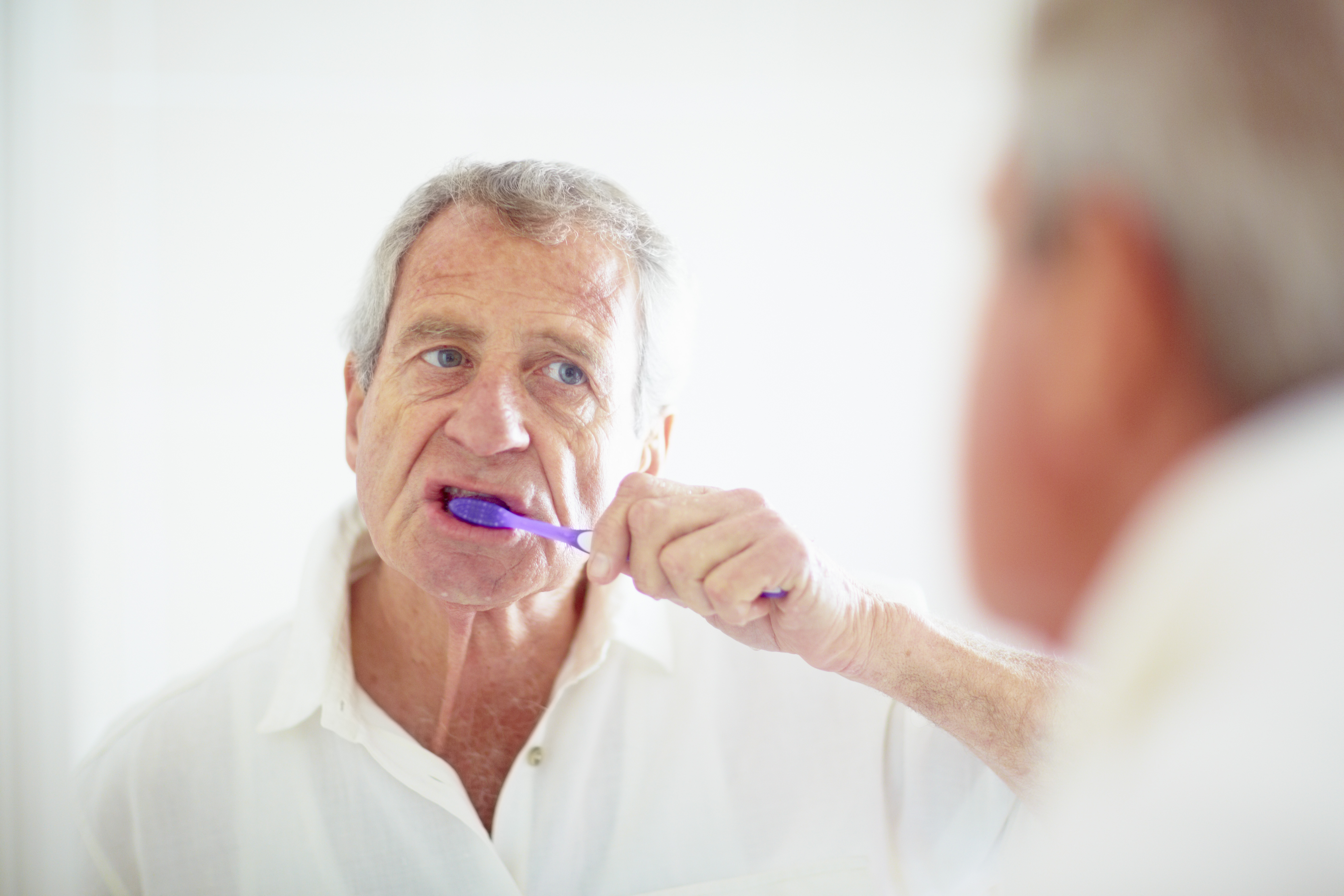
It's a common misconception that oral health issues are an unavoidable part of aging. While age-related changes can affect oral health, proactive care can mitigate these effects. Maintaining good oral hygiene, regular dental visits, and a healthy diet can preserve oral health well into old age. Additionally, advances in dental care and a better understanding of the oral microbiome provide tools to combat age-related oral health challenges. By adopting preventive measures and staying informed, individuals can maintain a healthy mouth throughout their lifetime, debunking the myth of inevitable decline.
Myth 8: Oral Probiotics Are Ineffective

Oral probiotics are often dismissed as ineffective, yet emerging research suggests they can play a supportive role in oral health. Probiotics introduce beneficial bacteria that can help restore balance within the oral microbiome, reducing the prevalence of pathogenic bacteria. Studies have shown that specific strains of probiotics can alleviate symptoms of gum disease and reduce plaque formation. While not a replacement for traditional oral care practices, probiotics can be a valuable adjunct, enhancing the body's natural defenses and promoting a healthier oral environment.
Myth 9: Bad Breath Is Always a Sign of Poor Hygiene
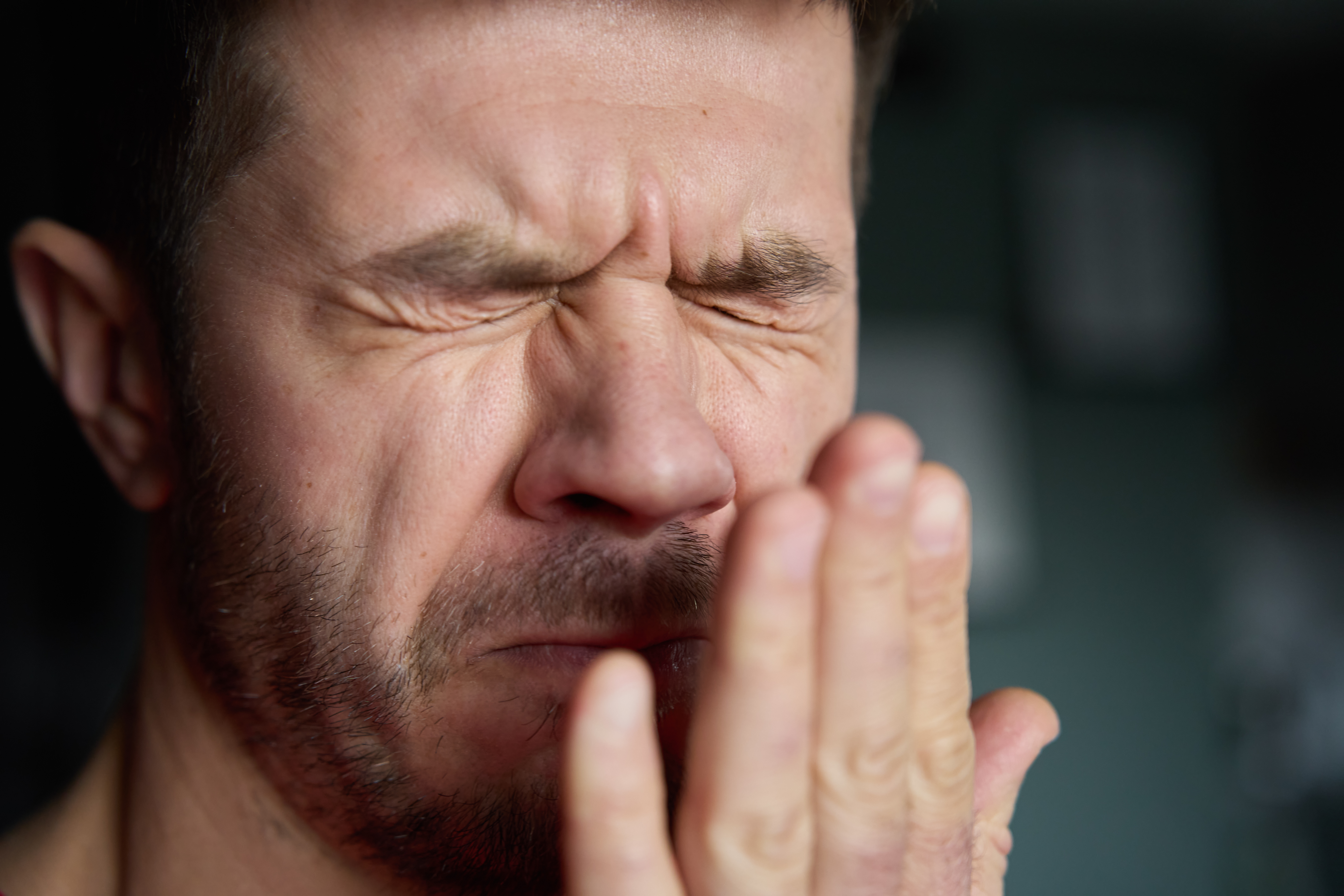
Bad breath, or halitosis, is often attributed solely to poor hygiene, but it can have multiple causes. While inadequate oral care can lead to bad breath, other factors such as diet, dehydration, and underlying health conditions can also contribute. Certain foods, like garlic and onions, release volatile compounds that cause temporary bad breath. Chronic halitosis may indicate systemic health issues that require medical attention. Understanding the diverse causes of bad breath allows for targeted interventions, ensuring effective management and improving social and personal well-being.
Myth 10: Natural Remedies Are Always Safe for Oral Health
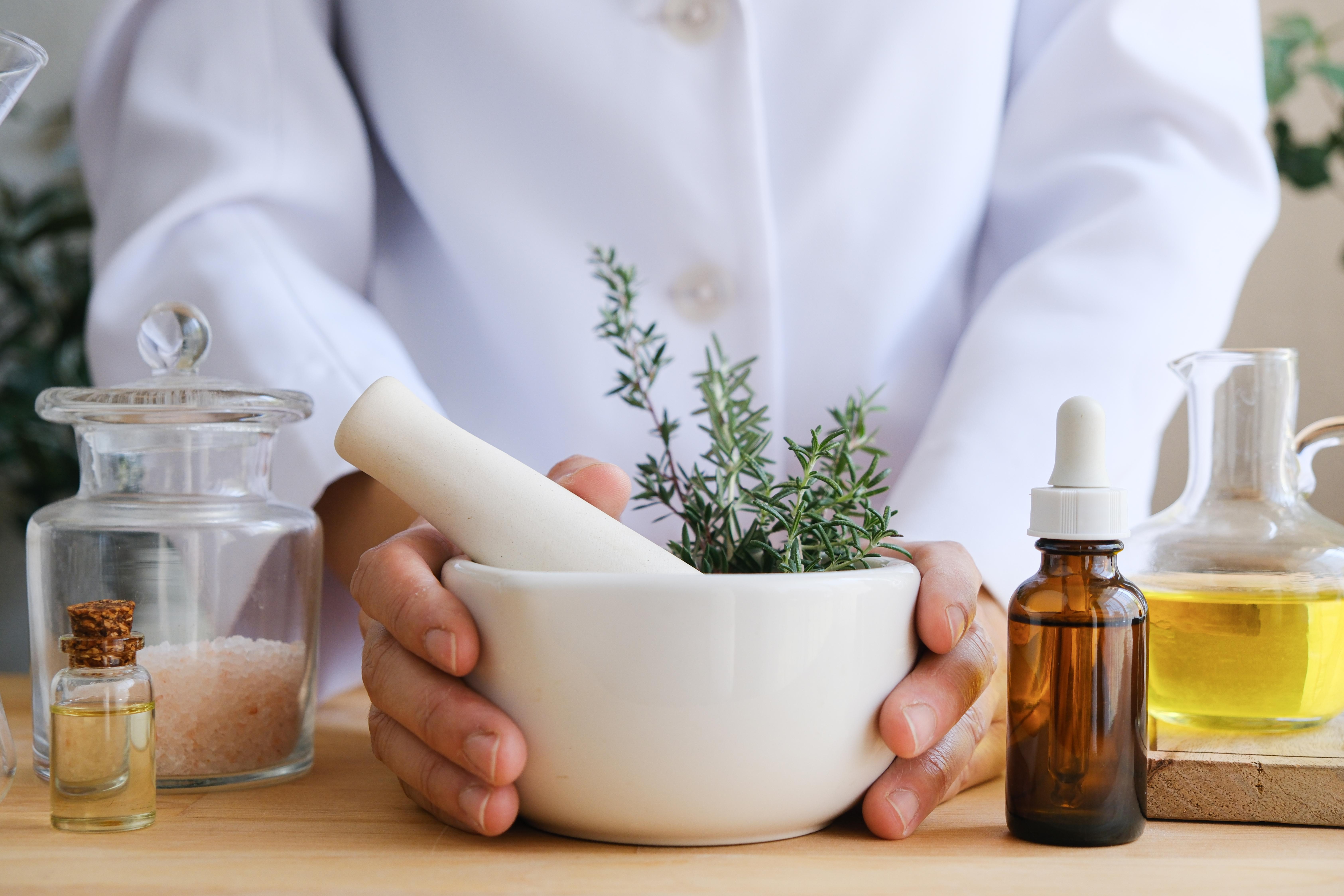
The allure of natural remedies for oral health is strong, but the assumption that they are always safe is misleading. Some natural substances can irritate oral tissues or disrupt the oral microbiome. For example, excessive use of baking soda can erode enamel, and undiluted essential oils may cause mucosal irritation. It's crucial to approach natural remedies with caution, considering scientific evidence and professional guidance. Integrating safe, effective natural practices with conventional oral care can enhance health outcomes, but indiscriminate use can pose risks, debunking the myth of inherent safety.
Myth 11: The Oral Microbiome Is Static
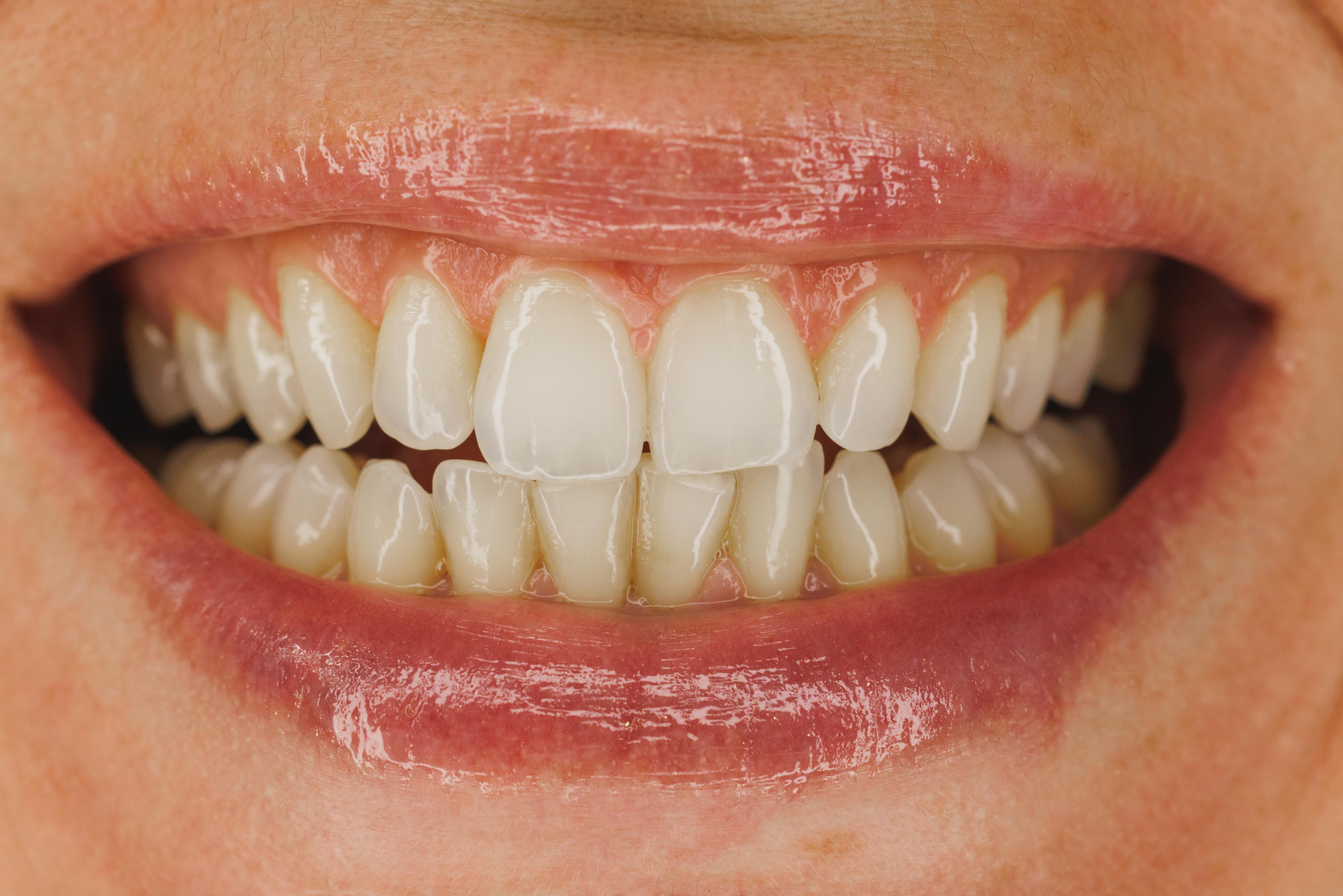
The oral microbiome is dynamic, influenced by diet, lifestyle, and environmental factors. Changes in these areas can rapidly alter the microbial composition in the mouth. For instance, dietary shifts from processed to whole foods can promote beneficial bacterial growth. Stress and hormonal changes can also impact the oral microbiome, highlighting its responsiveness to internal and external stimuli. Recognizing the oral microbiome's adaptability encourages proactive management through lifestyle choices and personalized care strategies, ensuring a resilient and balanced microbial community that supports long-term health.
Myth 12: Bleeding Gums Are Normal if You Brush Harder
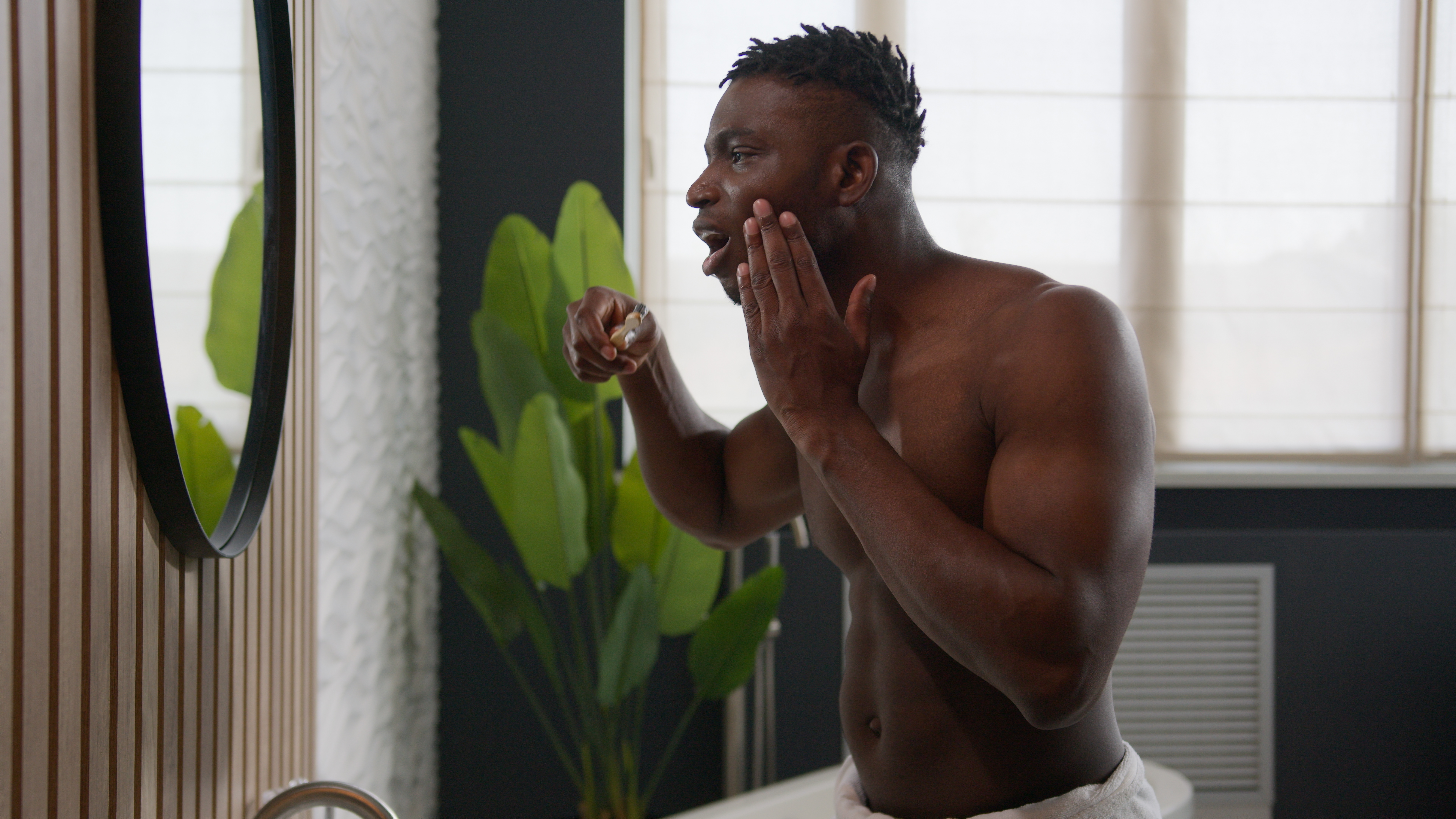
Bleeding gums are never “normal,” yet many assume it’s just a sign they’re brushing thoroughly. In truth, gum bleeding is often an early warning of gingivitis or inflammation triggered by bacterial imbalance—not a signal to scrub harder. Overbrushing or using a hard-bristled toothbrush can actually worsen the issue by damaging tissue and disrupting the protective microbiome. Instead, bleeding should prompt a gentler, more holistic approach: soft-bristle brushes, regular flossing, and evaluating for possible nutrient deficiencies like vitamin C. Treat your gums like skin—if they’re bleeding, something’s wrong. Listen early, and intervene wisely.
Myth 13: Chewing Gum Replaces Brushing

While sugar-free gum—especially those with xylitol—can help stimulate saliva and neutralize acids, it’s no replacement for brushing and flossing. Gum may freshen your breath or reduce surface bacteria temporarily, but it doesn’t remove plaque, dislodge food particles between teeth, or support deeper gum health. Worse, relying on gum as a shortcut can mask early warning signs like dry mouth, cavities, or chronic inflammation. Think of gum as a helpful sidekick, not a superhero. For true oral health, you still need the daily essentials: brushing, flossing, hydration, and routine dental care to keep your microbiome in balance.
Myth 14: Whitening Products Are Harmless
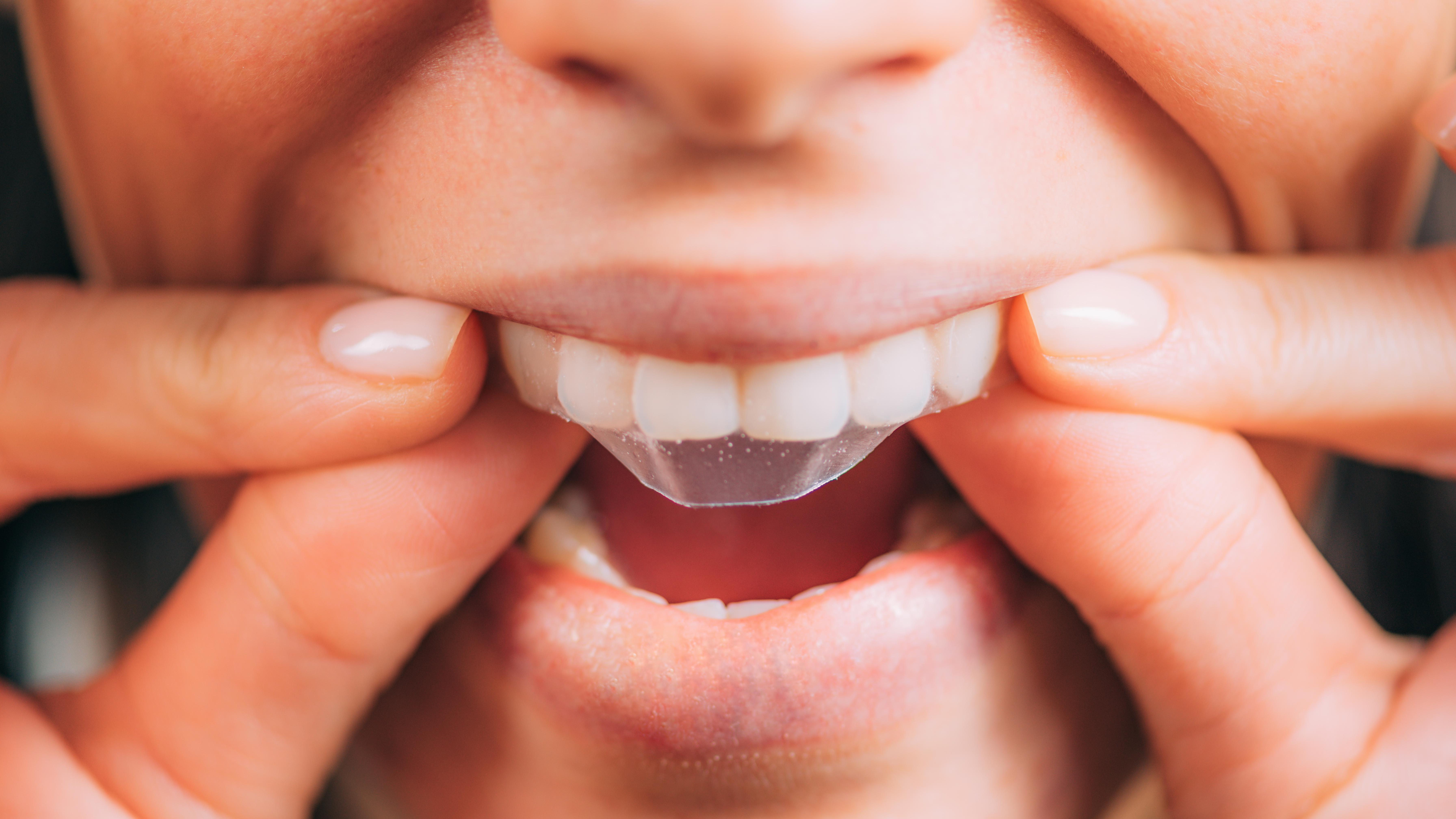
From whitening strips to charcoal pastes, the market is flooded with products promising brighter smiles—but many come at a hidden cost. Abrasive agents can strip enamel, creating microdamage that weakens teeth and disrupts the protective oral microbiome. Hydrogen peroxide-based whiteners, if overused, may cause gum irritation or tooth sensitivity. And charcoal? It can erode enamel over time, ironically making teeth look duller. True brightness starts with a healthy oral foundation—nourishing your microbiome, avoiding acidic triggers, and using whitening treatments in moderation with professional guidance. Because a brilliant smile should never come at the expense of long-term health.
Myth 15: Cavities Are Always Painful
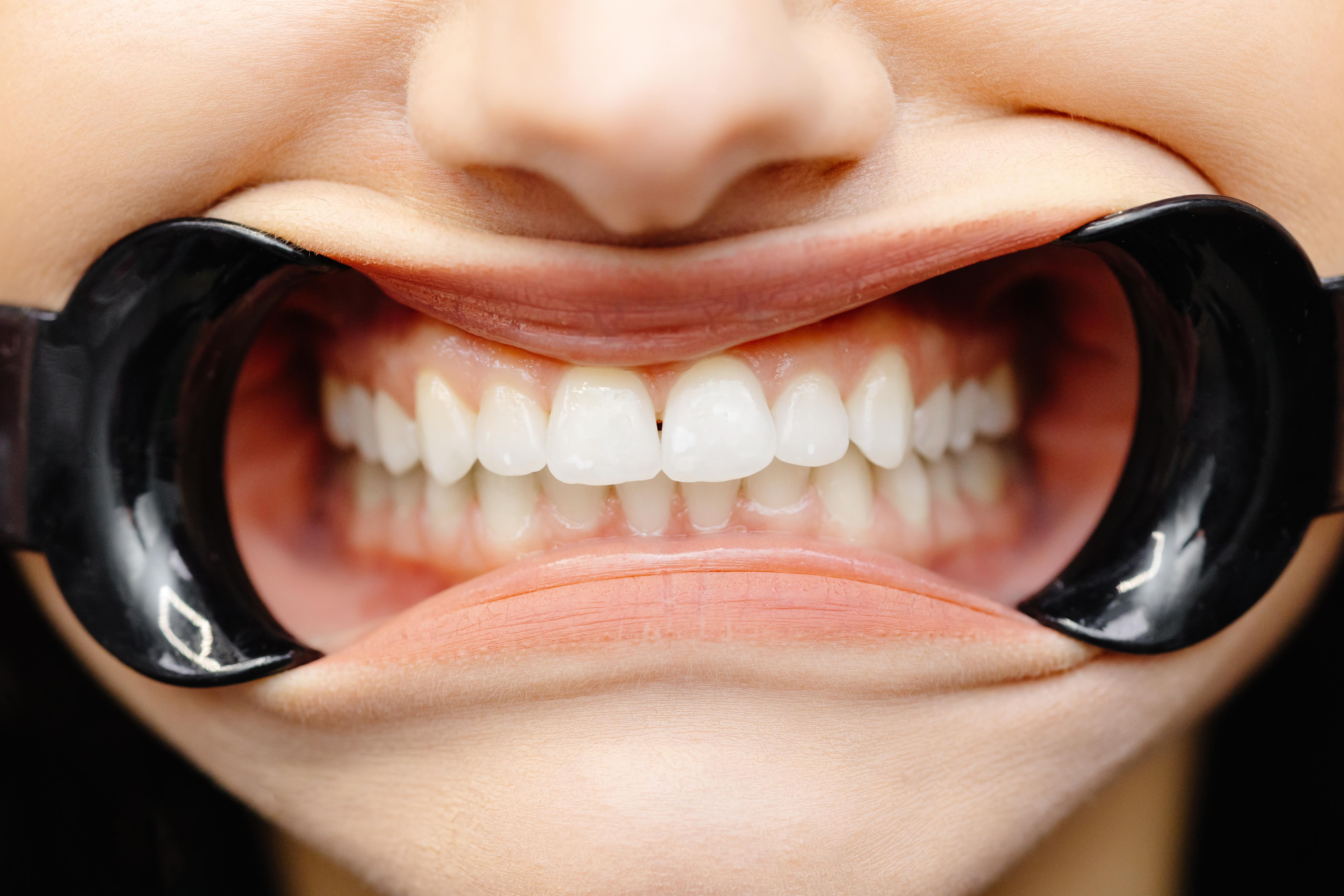
Pain-free doesn’t mean problem-free. One of the most dangerous myths is that if you don’t feel pain, your teeth must be healthy. In reality, cavities can develop silently—especially in early stages—eroding enamel and advancing into deeper layers before any discomfort arises. By the time pain hits, decay may be advanced enough to require fillings, root canals, or more. Regular dental checkups and attention to subtle signs—like sensitivity, discoloration, or visible pits—can catch issues before they spiral. Don’t wait for pain to act; prevention is quieter, cheaper, and far less invasive than treatment.
Myth 16: Baby Teeth Don’t Matter That Much
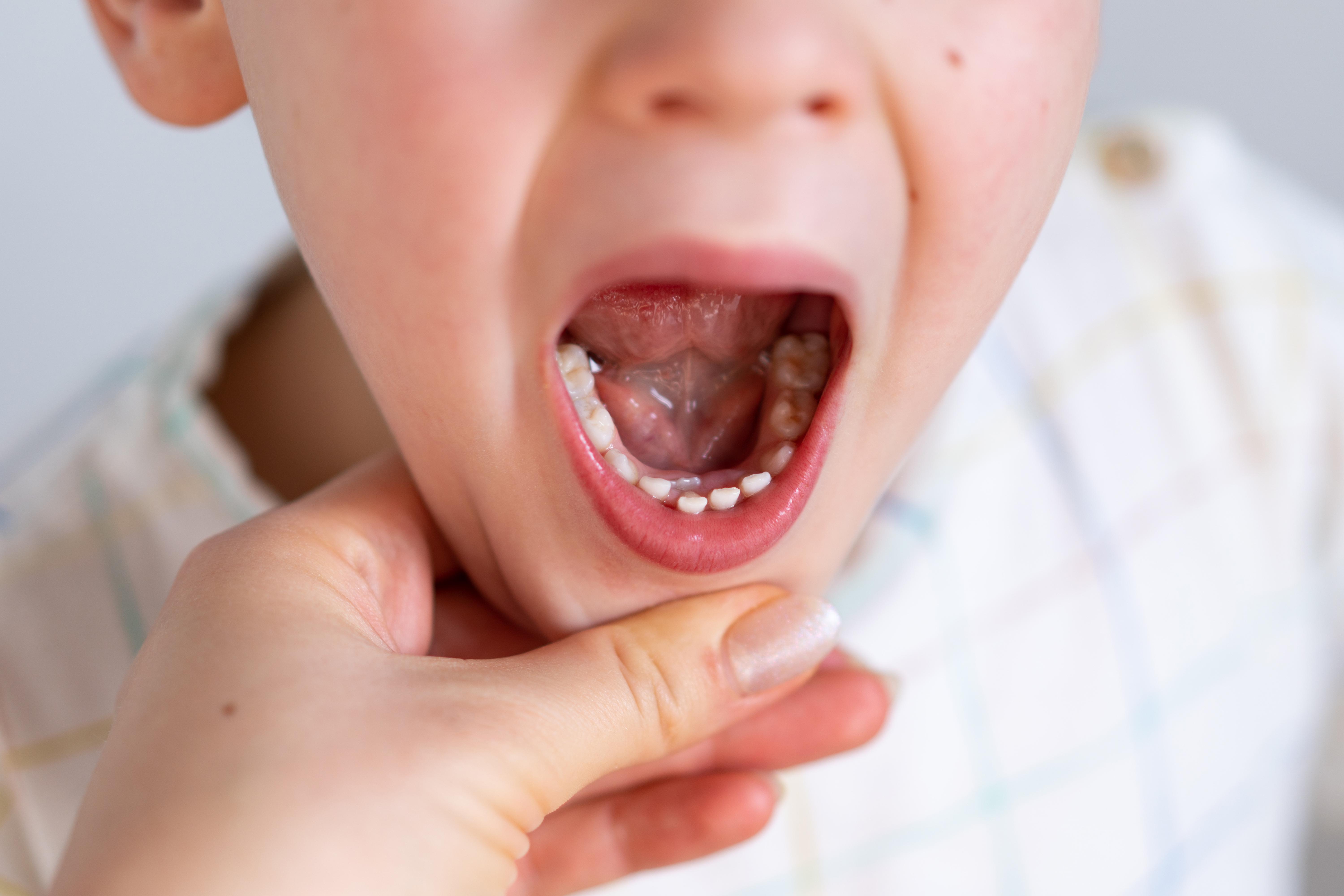
Because baby teeth eventually fall out, some assume they’re disposable. But neglecting them can set the stage for lifelong oral issues. Decay in baby teeth can spread quickly, causing pain, infections, and speech or chewing problems. Worse, it can damage developing adult teeth underneath or lead to misalignment. Early habits—good or bad—also shape a child’s oral microbiome, influencing their long-term health. Teaching children proper hygiene and addressing issues early isn’t just about saving teeth—it’s about building lifelong habits and biological resilience. Baby teeth matter more than most people think—they’re the foundation for everything that follows.
Rewriting the Script on Oral Health
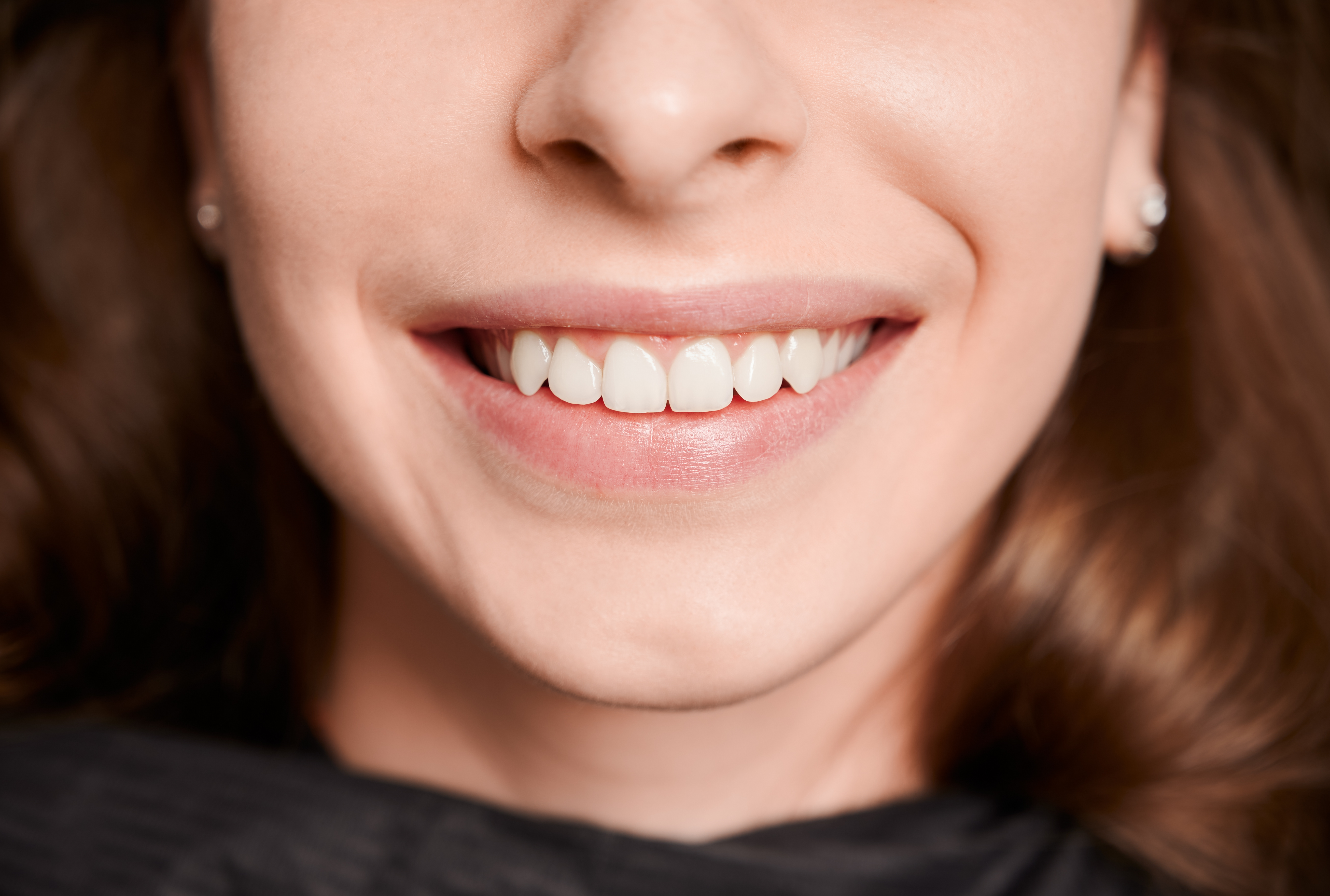
We’ve long been taught to see our mouths as battlegrounds—scrub harder, kill germs, rinse with fire. But science tells a different story. Your mouth isn’t a war zone. It’s a living ecosystem, intricately linked to your heart, brain, gut, and immunity. The myths we’ve busted aren’t just dental misunderstandings—they’re roadblocks to whole-body health. By understanding the truth behind these 16 misconceptions, you gain more than fresher breath or whiter teeth—you reclaim control of your well-being from the inside out. Real oral health isn’t about over-sanitizing or chasing perfection. It’s about balance, nourishment, and daily choices that respect the brilliance of your body’s design.
